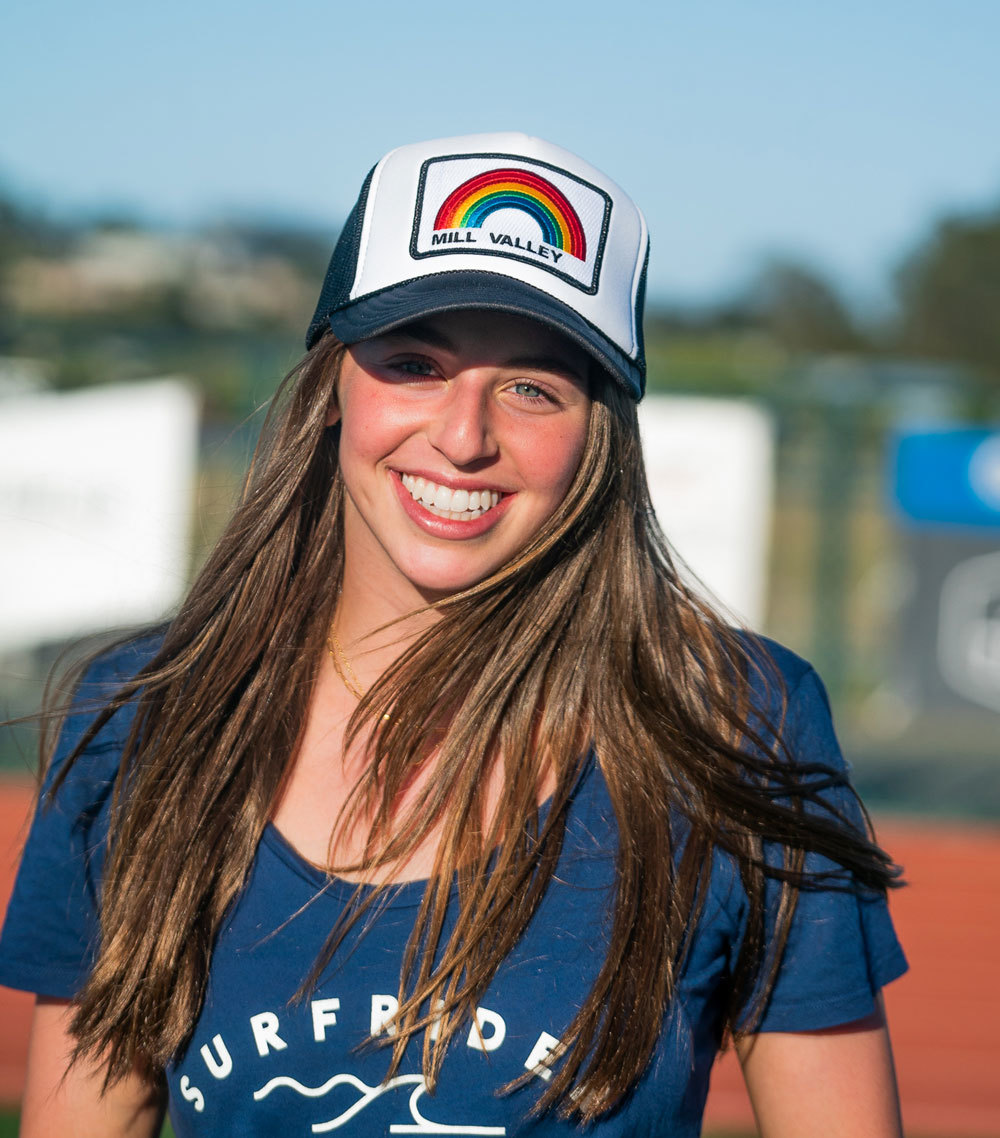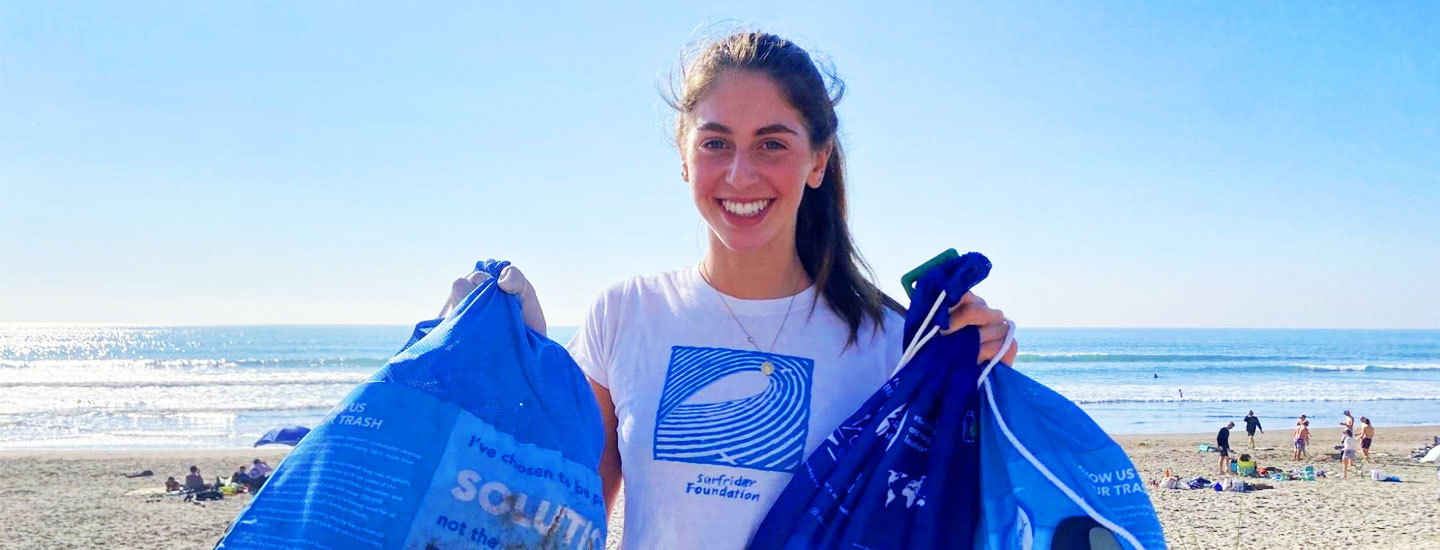
Q: What is your current role with the Surfrider Foundation?
I am my high school’s Surfrider Club co-president, and I am head of our club's Blue Water Task Force. I am also on the Student Leadership Surfrider National Council.
Q: Why and when did you get involved with the Surfrider Foundation?
I am a competitive swimmer, active surfer and a water polo player. I started out as a member of the organization while in middle school by initially participating in surf competition fundraisers and beach cleanups. During my first year at Tam High School, I joined the Tamalpais Surfrider Club, became secretary my sophomore year, and president by Junior year. My love for the water has given me a deep concern about having clean and safe recreational waters. That is why I am the head of our club's Blue Water Task Force. As of March 2021, during the onset of COVID-19, the Blue Water Task Force was at risk of shutting down at our school. I offered to move this lab to my house and take over the testing. I have run weekly tests of Marin County’s five local watering holes - Bayfront, Strawberry Docks, Three Wells, Muir Beach, and Bolinas. I was elected to the Surfrider National Board Council in 2021.

Q: What are some environmental issues that are affecting your local community?
Out of the five different locations in Mill Valley where my water samples come from, I am particularly concerned about my samples from Richardson's Bay at Bayfront Park in Mill Valley. Bayfront is a popular place where dogs play in the water, boats launch, and kids swim in the warmer summer months. It is next to the Mill Valley Middle School and the Mill Valley Sewage plant. Based on my data, there are consistently high levels of enterococcus colony-forming units in the water. Enterococcus is a bacteria that grows in fecal matter, and it can lead to chronic infections and diseases. Counts of a CFU over 104 are generally considered unsafe, and Bayfront has reached a count of over 5,000 before. As you can see, these high counts are incredibly toxic and must be addressed.
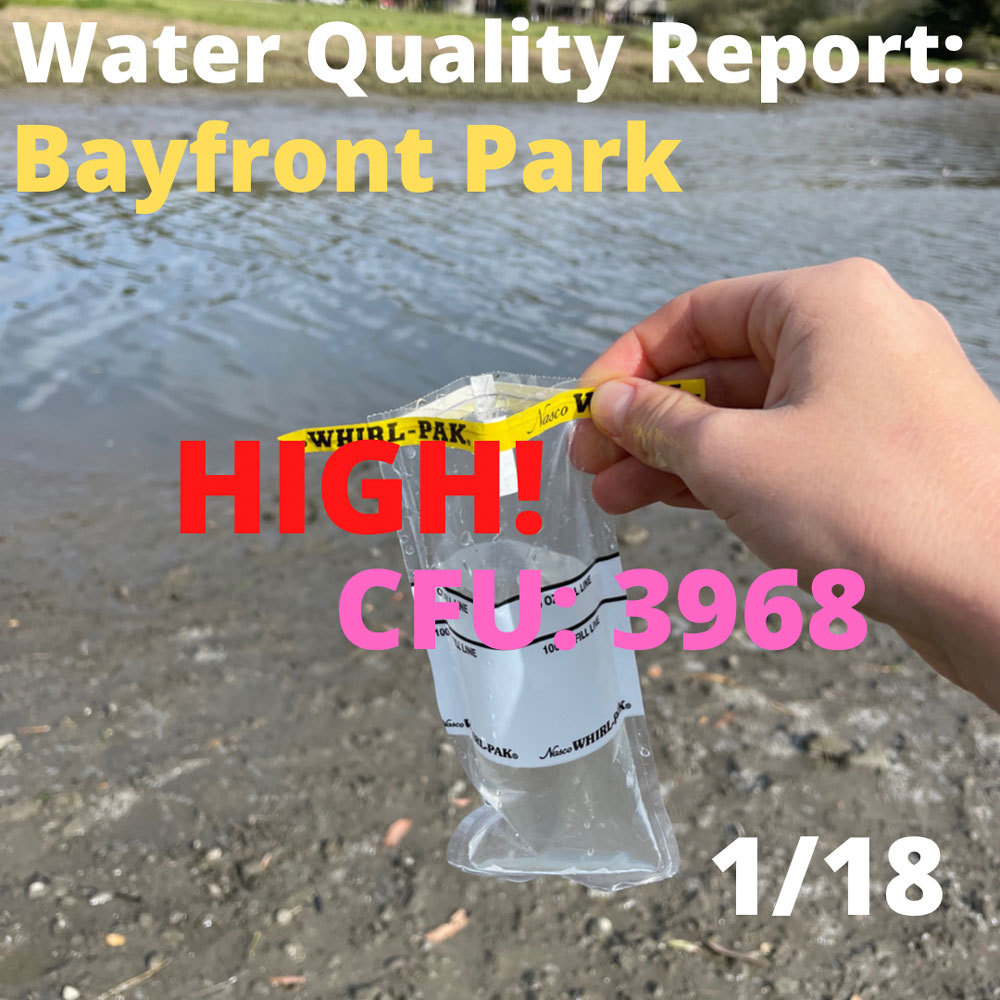
Q: What Surfrider projects have you worked on?
In addition to managing the lab and analyzing the water quality weekly, I create Surfrider environmental initiatives, run social media campaigns and lead beach cleanups with my school club. We recently started reaching out to local business owners imploring them to become Ocean Friendly Restaurants and more environmentally sustainable.
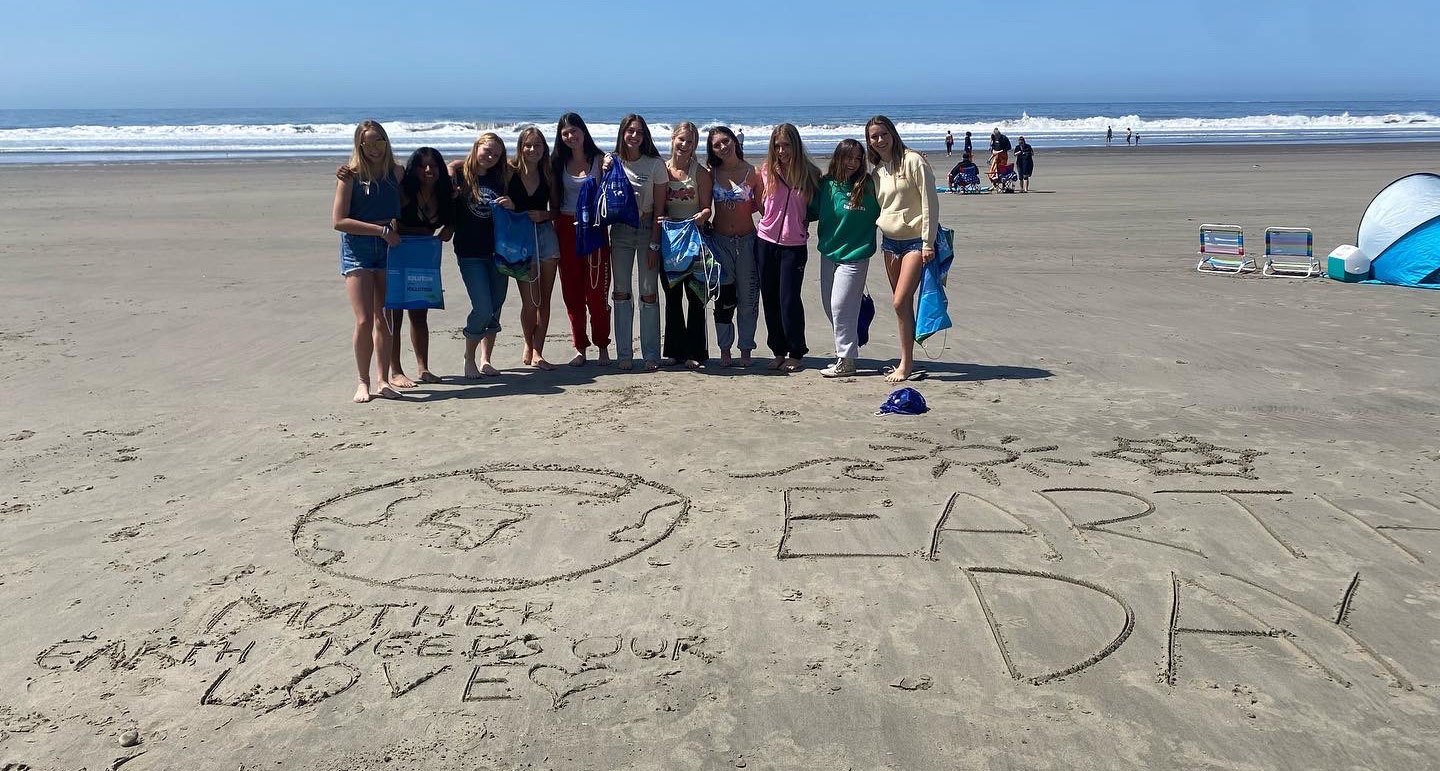
Q: Are there any specific projects that you have worked on which benefited your community?
My data collection at Bayfront Park next to the Sewage plant is especially troubling. As I mentioned earlier, unhealthy water quality leads to chronic illnesses and infections. I would love a better understanding of what causes these insanely high levels of enterococcus in Richardson’s Bay. My current project is conducting further analysis of the Bayfront water. I plan to continue to research how Mill Valley Sewage Treatment Plant’s waste is handled, and will look into any correlations with my data. In the meantime, I post weekly on Instagram @Tamhighsurfrider and share all my water quality results with the community.
Q: What has been the highlight of your Surfrider experience?
A highlight of my Surfrider experience so far would be attending the annual Surfrider California Chapter Summit & National Club Leadership Conference in Ventura, California. I enjoyed meeting and collaborating with students and mentors from all over the country who are equally as passionate about positively impacting our ocean and the environment.
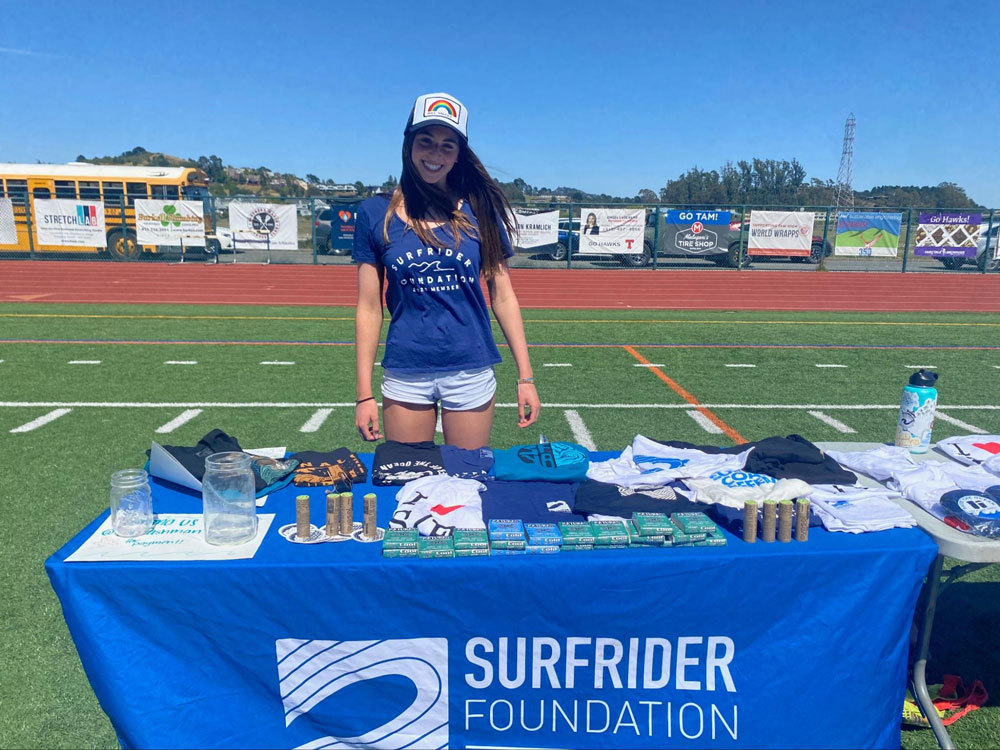
Q: Do you have any personal experiences or campaigns/issues that you're passionate about where the social justice and environmental movements have intersected? If so, can you tell us about them?
This past March, 2022, I participated in the Surfrider Foundation Coastal Recreation Hill Day for the first time. My committee and I asked for our local Congressman’s support to fund water quality testing and upgrade sewage infrastructure, to the tune of 15 million dollars, for the EPA Beach Act. I also appealed for additional support in funding for 2023 of $4 billion for the EPA Clean Water State Revolving Fund.
I presented my Blue Water Task Force water data during these sessions with Congress. Stormwater and urban runoff are the #1 source of beach closures and swim advisories, and next are sewage spills. We must put more funding into wastewater upgrades to prevent unhealthy waters. Continued Congressional funding is imperative so that there are no gaps in the data and we can protect more people in the future.
Q: What is the most important thing you tell others about Surfrider?
Thinking about the inevitability of climate change can be overwhelming, and Surfrider is integral in helping to spread awareness and create youth activism.
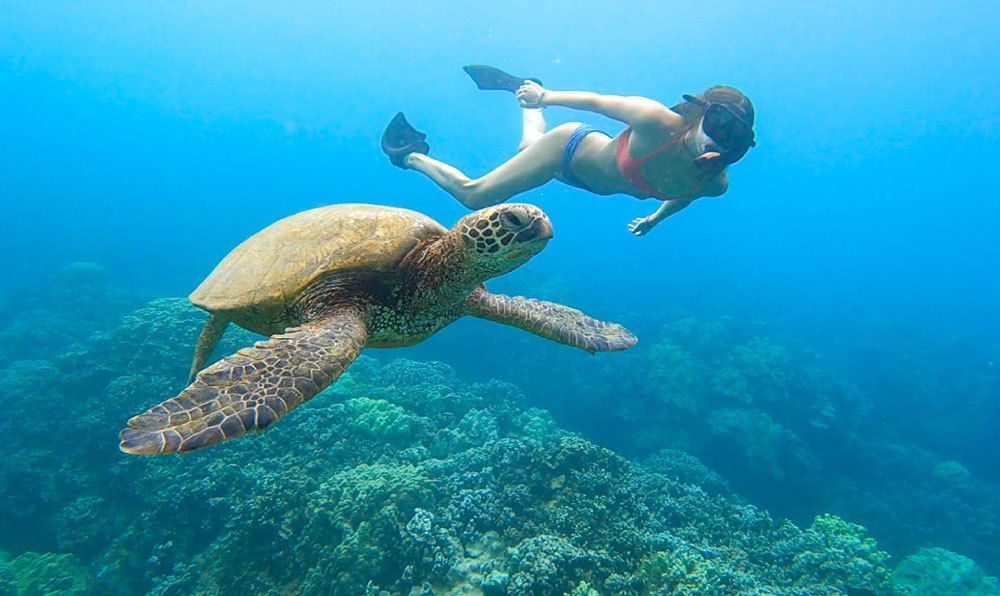
Q: Why is being a part of the Surfrider ocean conservation community important to you?
Living in California and having access to local beaches is not something I take for granted. Visiting a beach and swimming in the ocean is generally a free activity, and the least we can do is keep it pollution-free.
Q: Anything else?
Swimming in the ocean, surfing, and watching beach sunsets are three of my favorite hobbies. I encourage everyone to help do their part to keep the ocean and beaches clean and beautiful for all to enjoy!
